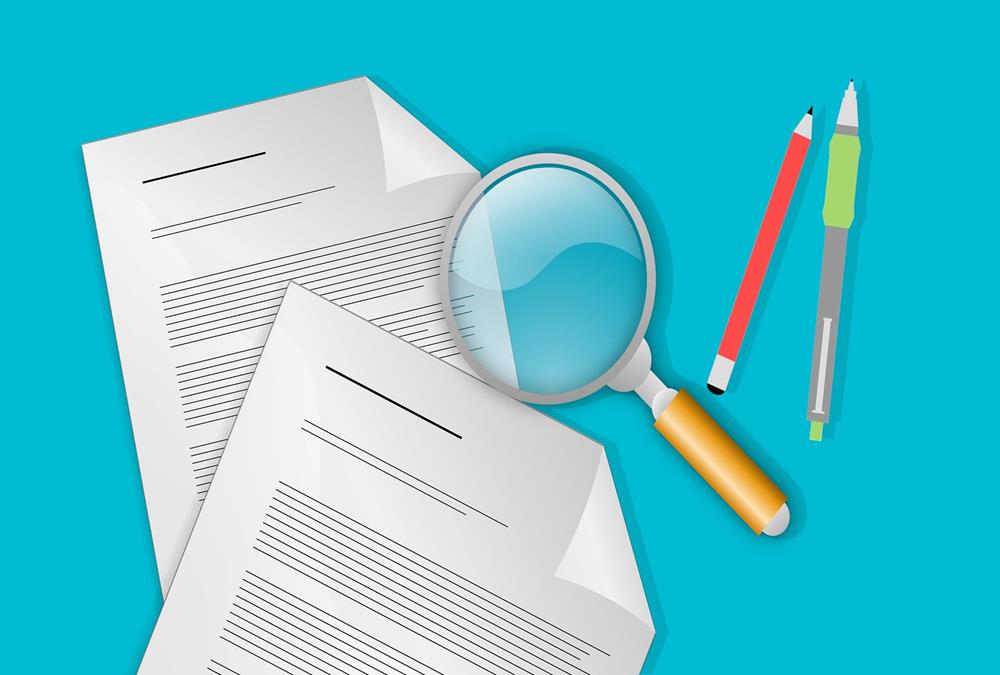- Home
- Business Processes
- Industry Knowledge
- Aerospace Industry
- Automotive Industry
- Banking Domain
- BFSI Industry
- Consumer/ FMCG Industry
- Chemicals Industry
- Engineering & Construction
- Energy Industry
- Education Domain
- Finance Domain
- Hospitality Domain
- Healthcare Industry
- Insurance Domain
- Retail Industry
- Travel and Tourism Domain
- Telecom Industry
- Leadership Skills
- eLearning
- Home
- Business Processes
- Warehouse Management
- Accounts Payable System
Accounts Payable System
We need a strong payables process so that it provides us with a high-productivity accounting solution to process vendor payments. An integrated payables process provides strong financial control so you can prevent duplicate payments, pay for only the goods and services you order and receive, and maximize supplier discounts. Understand the key features of an effective accounts payable system.
Given below are the key requirements from any automated world class accounts payable system:
Flexibility:
Payables system should provide flexibility for managing and streamlining invoice and payment processing. The flexibility is required in the areas of account structure, multiple calendars, multiple currencies, multiple bank accounts, multiple payment terms and how the system helps entering the information by defaulting linked information from the master data.
Accurate Invoice Processing:
Payables system should provide controls and automations to improve the efficiency of invoice processing and simultaneously help ensuring the accuracy of payables information. Some automation features or best practices are automatically matching an invoice to a purchase order by providing the purchase order number. Defaulting the accounting details and other information based on the matched purchase order.
Invoice Approvals:
As controllership and sox requirement the payable system should support two-, three- and four-way matching of purchase orders, invoices, receipts, and requester acceptance documents. Further it should provide approval mechanisms to ensure segregation of duties.
Multiple Payment Types:
System should provide capability to handle every form of payment, including manual payments, wire transfers, bank drafts, electronic funds transfers, and automatic checks. Further these payments should automatically or manually reconcile with the bank statements.
Supplier Interface:
System should enable resolve business issues quickly by providing immediate and accurate responses to supplier inquiries. Ability to view Invoice and Payment status information together to take informed decisions and have a meaningful conversation with the supplier.
Additional Information:
Ability to record detailed information about suppliers, including their purchasing, payment, and invoice processing preferences, flexible address formatting for global operations.
Electronic Data Interchange (EDI):
This allows exchanging payables data with external parties like banks and suppliers. Ability to use EDI drastically reduces many manual steps.
Pay on Receipt:
This is a financials feature that automatically creates supplier invoices based on receipts and purchase orders information. An advanced feature will automatically create matched invoices, automatically approve invoices and then make EDI or other electronic payments to the supplier.
Open Interfaces:
Ability to bring procure to pay data from other systems to the payables system.
Related Links
You May Also Like
-
When products arrive at a facility, there need to be a defined process to let them in. The process for accepting inventory when it arrives is called "Receiving". Any warehousing operation must be able to receive inventory or freight from trucks at loading docks and then stow them away in a storage location. Receiving often involves scheduling appointments for deliveries to occur, along with unloading the goods and performing a quality inspection.
-
Business Case of Multiple Warehouses
Adding extra warehouses to business provides many benefits such as reducing shipping costs, increasing storage capacity, and having warehouses for specific purposes to simplify overall warehouse management. Multiple warehouses allow you to organize your inventory in a way that helps your business be more effective.
-
Accounts Payable Journal Entry
Although in the large organizations the Procure to Pay Accounting process starts when the purchase order for supply of goods is released to the supplier. To keep things simple in the beginning we will discuss the core accounting entries related to the Accounts Payables process.
-
Companies and businesses have huge transactions pertaining to their accounts payable process. They receive goods and services from various suppliers and they need to manage timely payments to these creditors to avoid default and adhere to the payment terms.
-
When a customer wants a product that has been stored in the warehouse, the same need to be picked off the shelf (or off the floor) and get it ready for shipping. Depending on how big is the warehouse, picking can take a while. (Many distribution centers cover more than 1 million square feet.). Hence, warehouse order picking methods are an important aspect within any warehouse.
-
Overview of Warehouse Processes
The basic function of a warehouse is to store goods. This means that they receive deliveries from suppliers, do any necessary checking and sorting, store the materials until it is dispatched to customers. Traditionally warehouses were seen as places for the long-term storage of goods. Now organizations want to optimize their customer experience and try to move materials quickly through the supply chain, so the role of warehousing has changed.
-
Payables are often categorized as “Trade Payables” & “Expense Payables”. “Trade Payables” are the monies due for the purchase of physical goods that are recorded in Inventory. “Expense Payables” are the monies due for the purchase of goods or services that are expensed.
-
What is a Warehouse & why companies need them?
All organizations hold stocks. In virtually every supply chain, gaps exist between when something is produced and when a customer is ready to buy or receive it. Stocks occur at any point in the supply chain where the flow of materials is interrupted. This implies that products need to be stored during this period of gap.
-
Before shipping, businesses need to make sure that the items will arrive in good condition. Packaging is a form of protection against environmental threats that the product will face from the time it leaves warehouse facility until the time it reached the customer. The packaging is intended to provide protection for the item as it is being handled in the warehouse or when the item is being shipped.
-
After products have been received and passed a quality inspection, they need to be stored so that you can find them when you need them. This process is called putaway. The spot where you store a particular product is called a location. One section of a warehouse might have small locations for light items; another area may have large locations on the floor for heavy items.
Explore Our Free Training Articles or
Sign Up to Start With Our eLearning Courses

About Us
Learning
© 2023 TechnoFunc, All Rights Reserved










